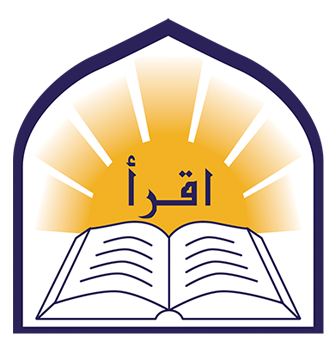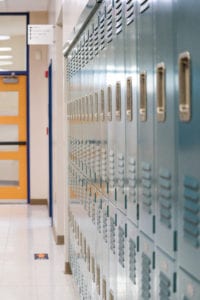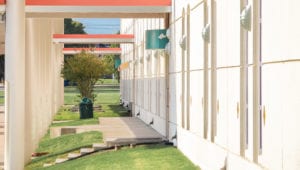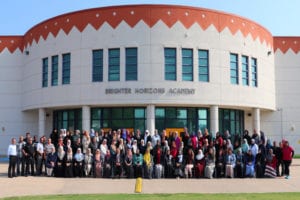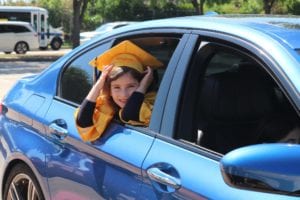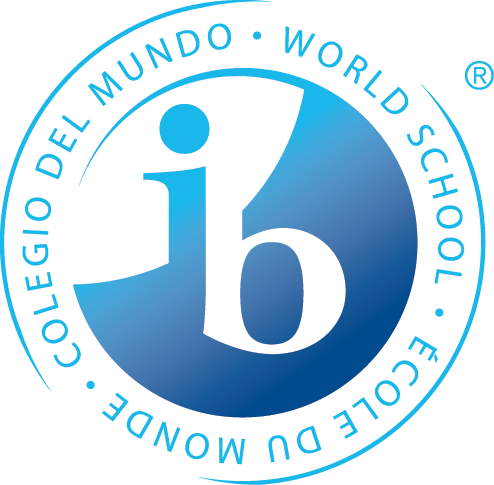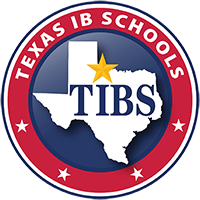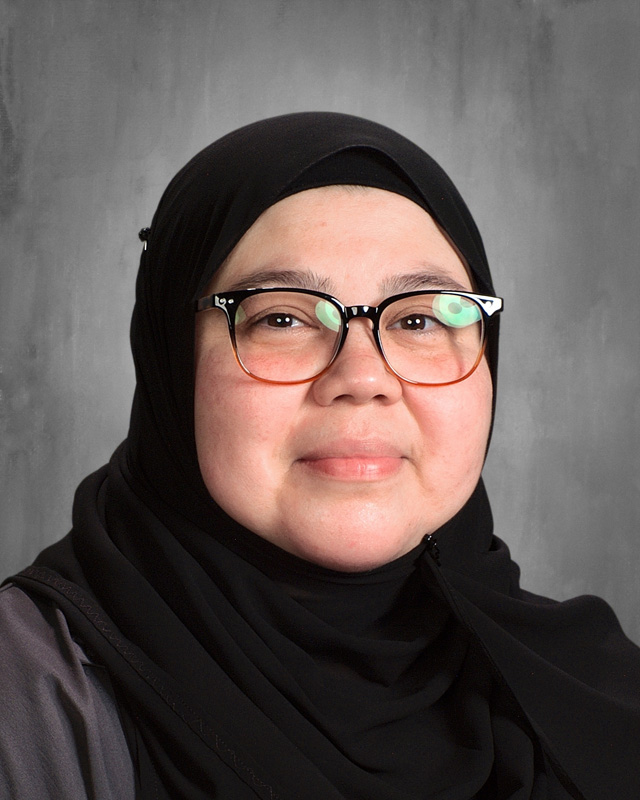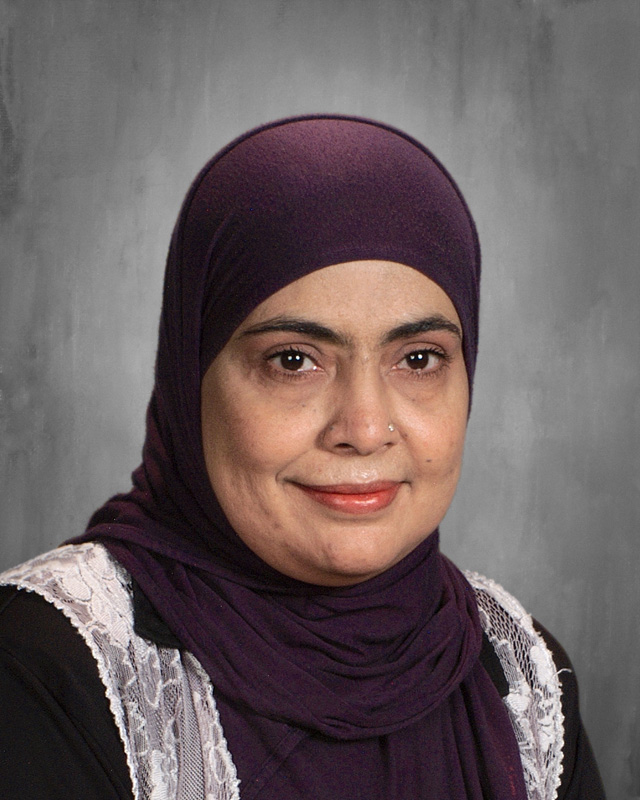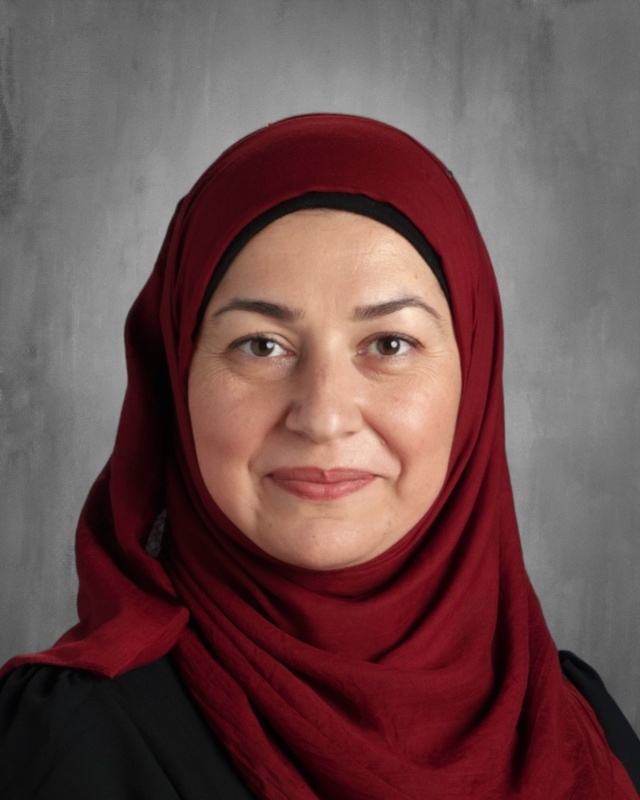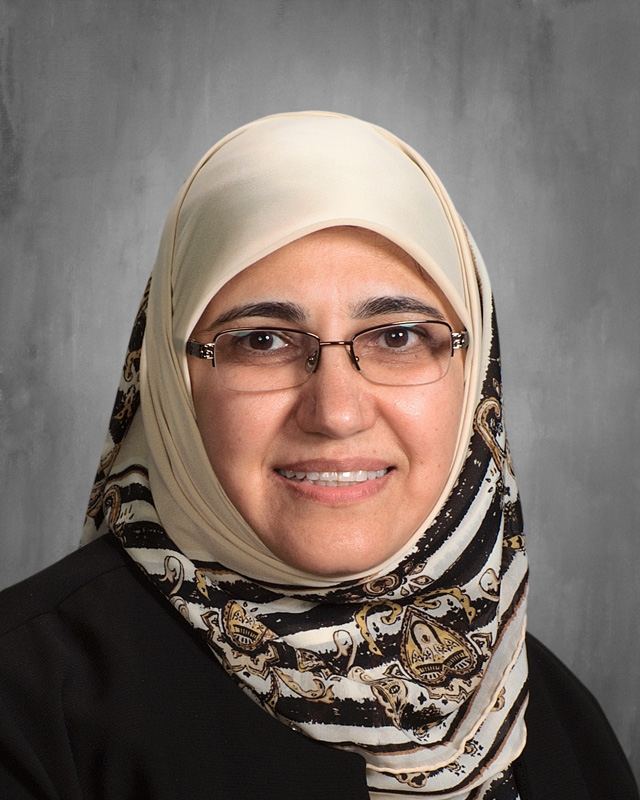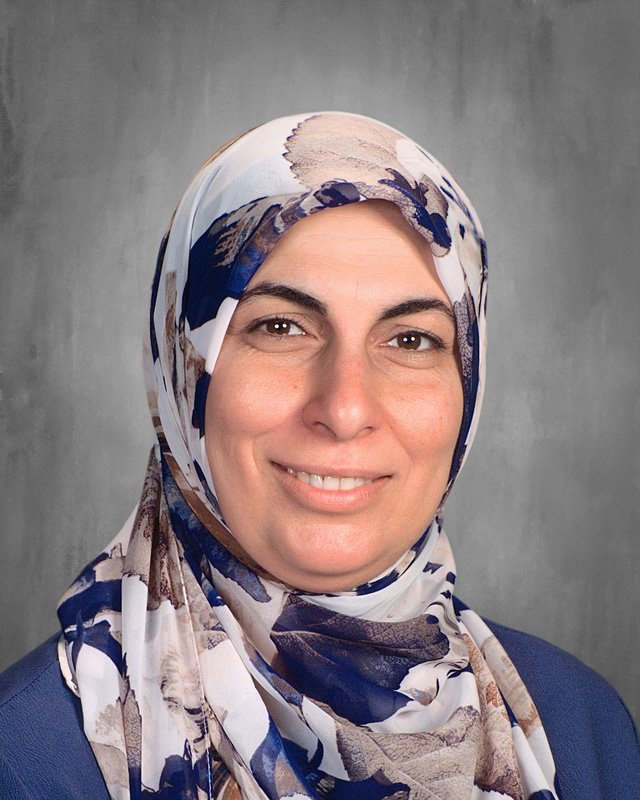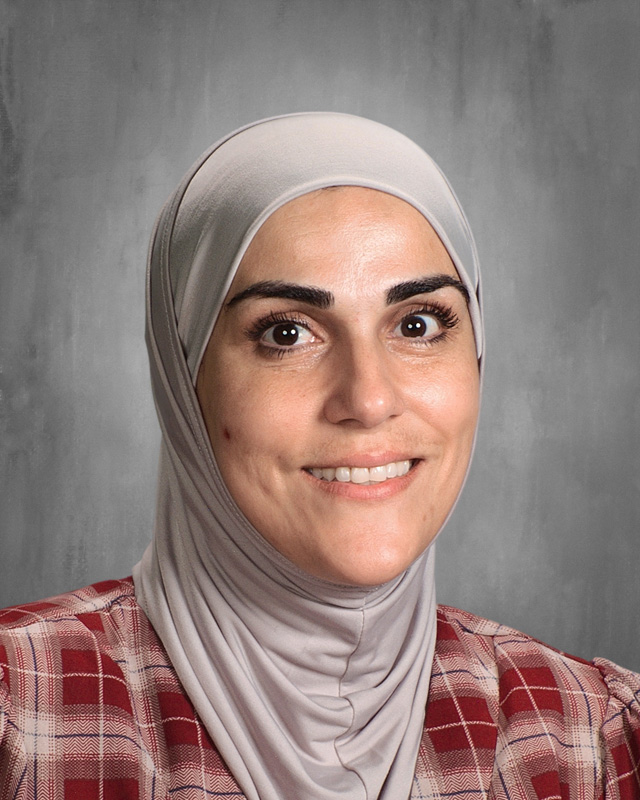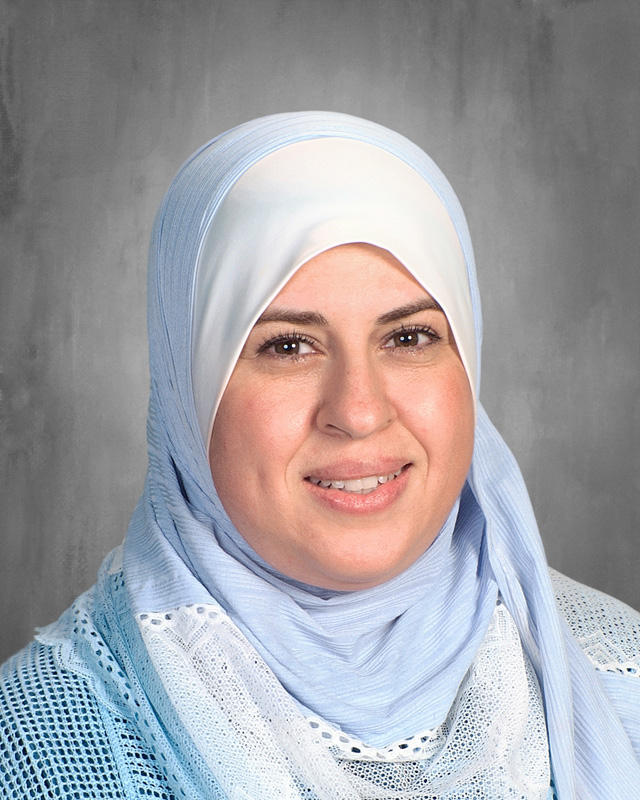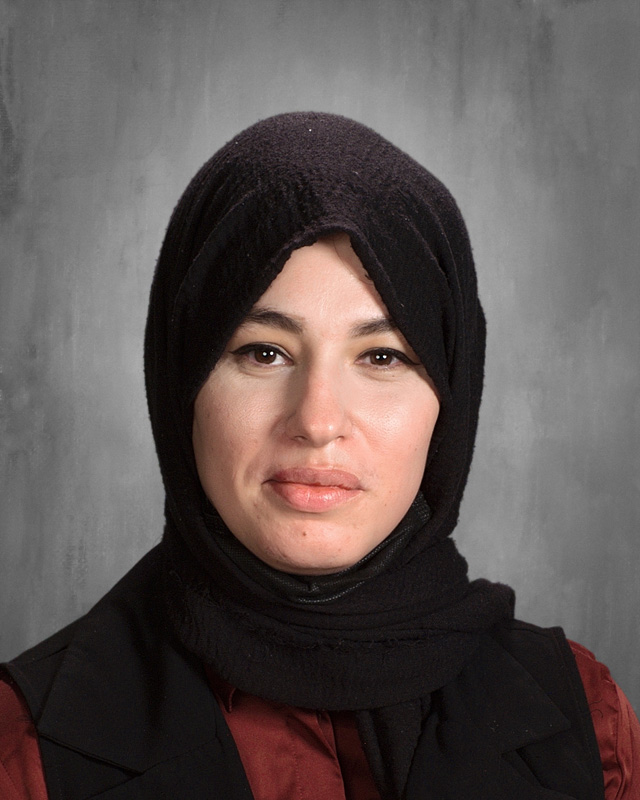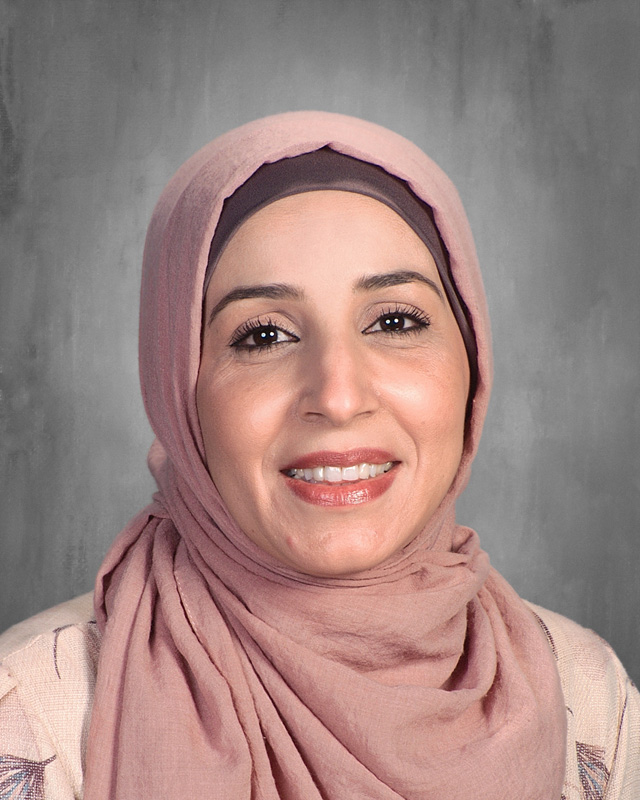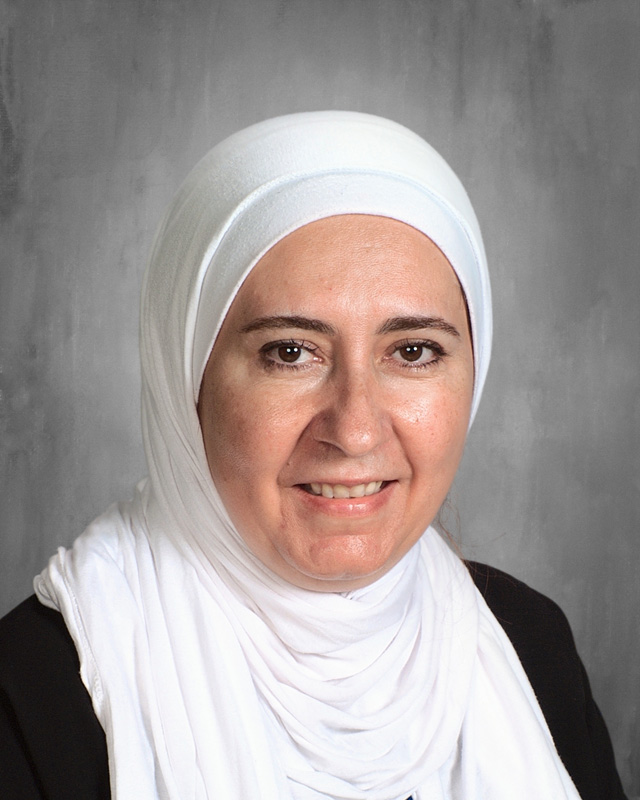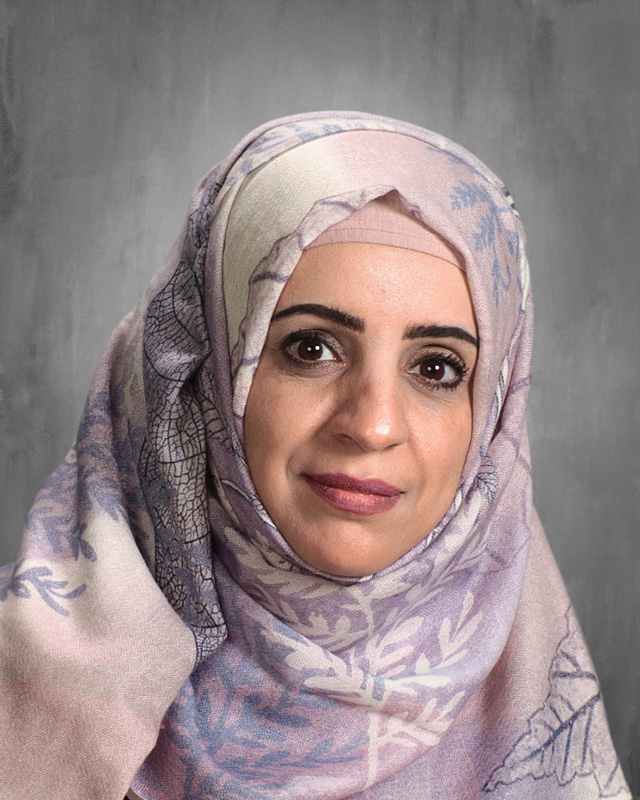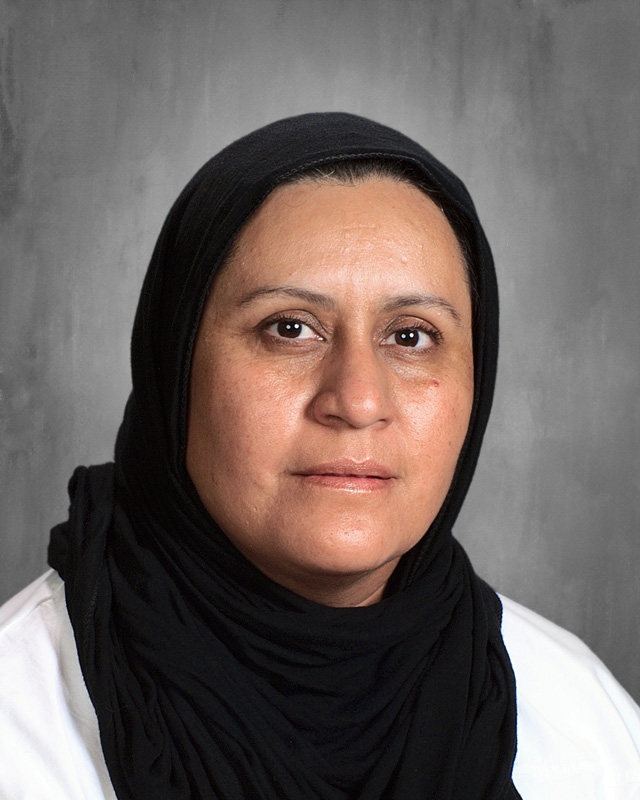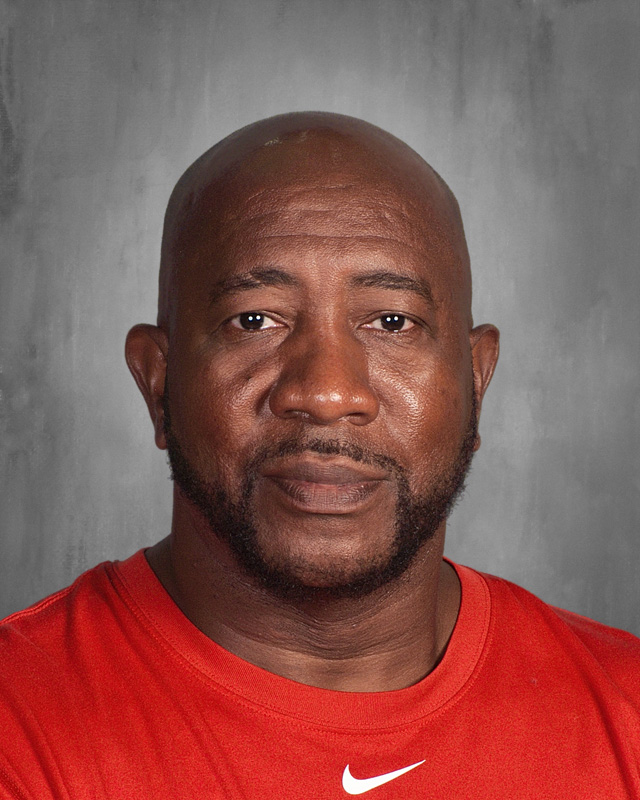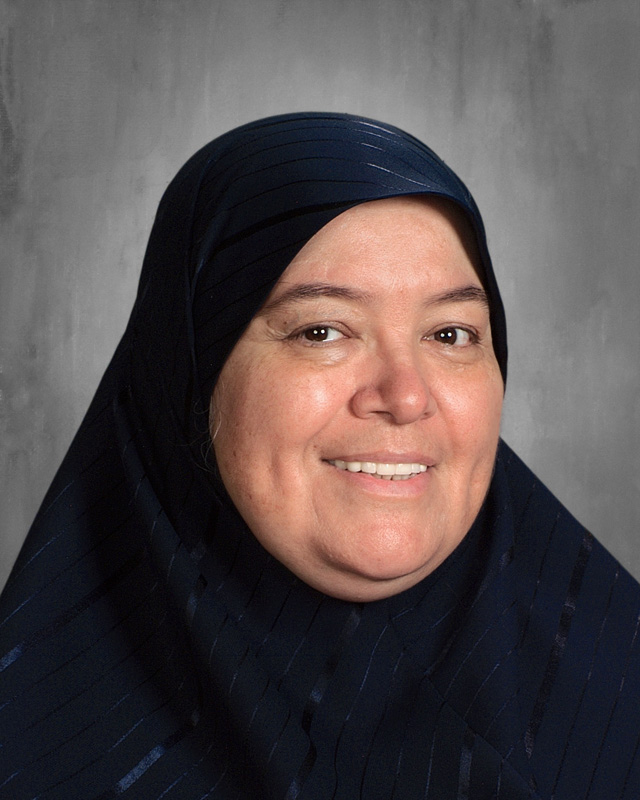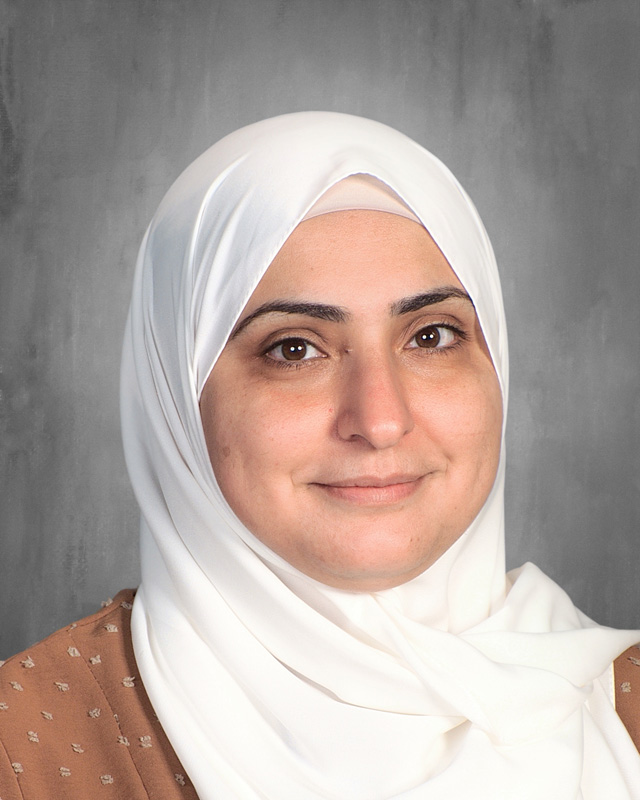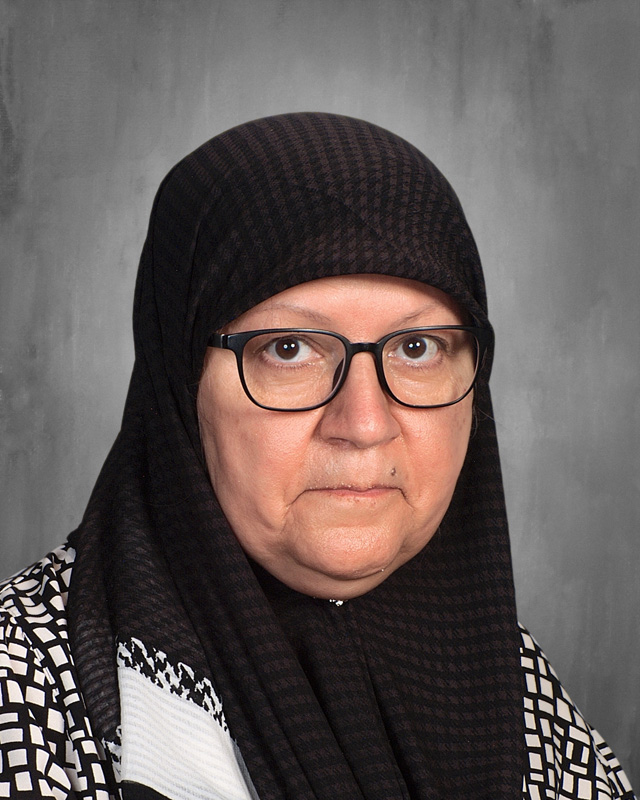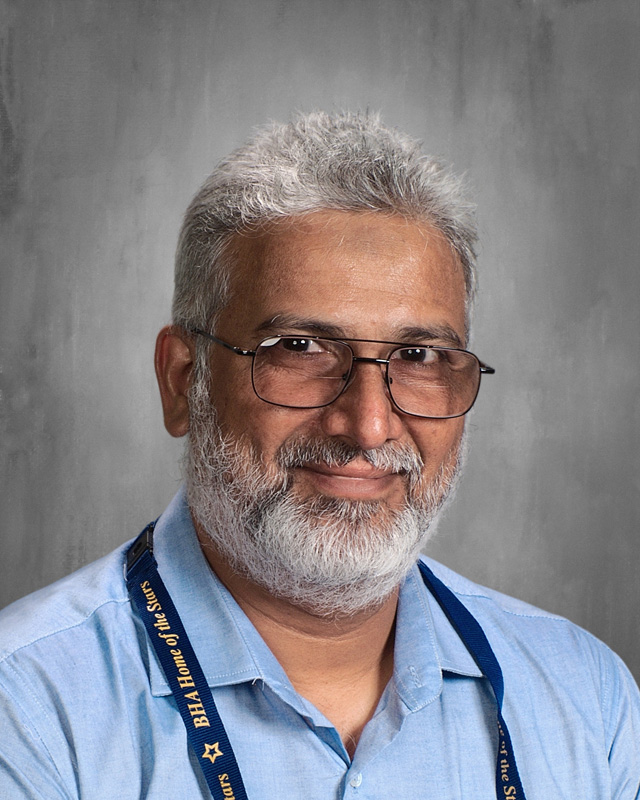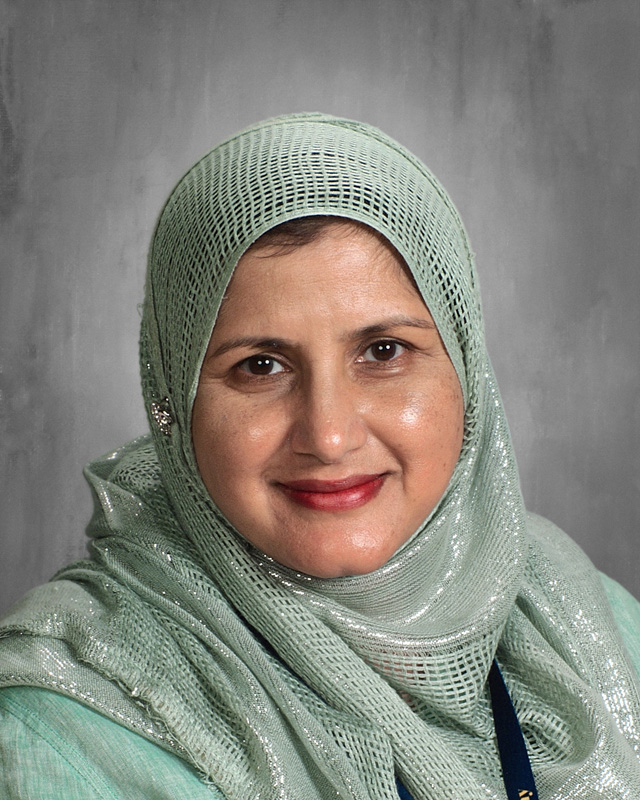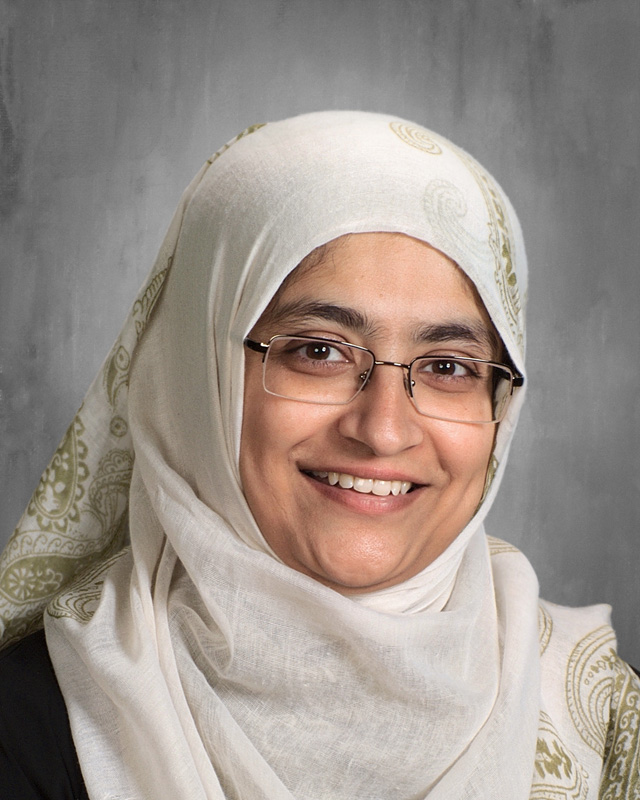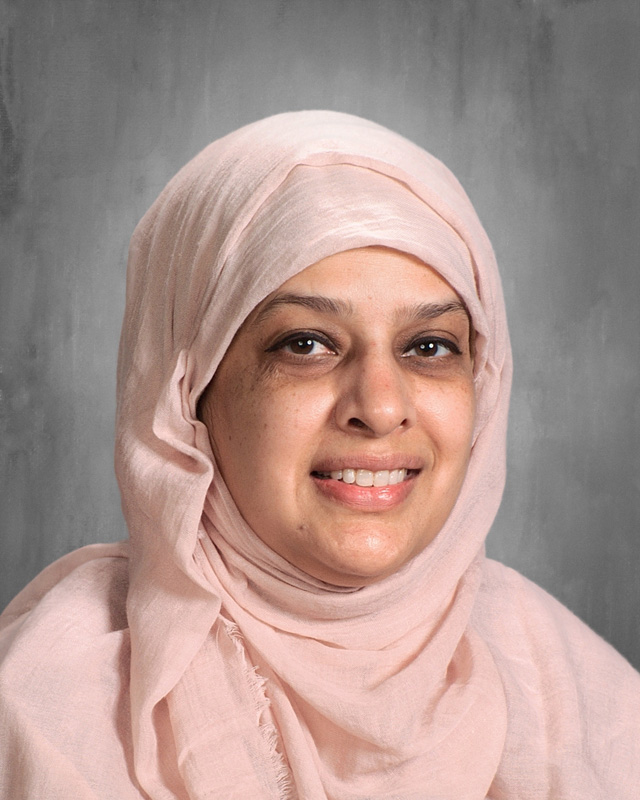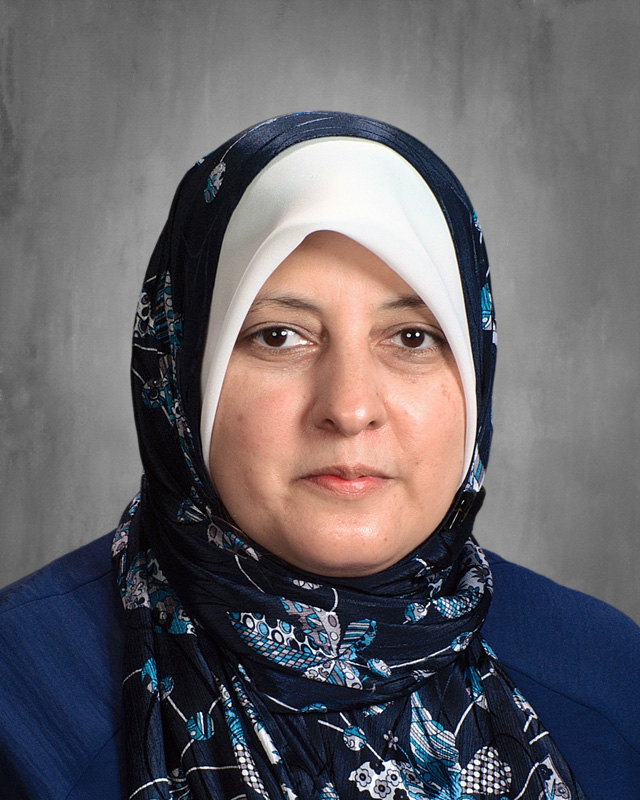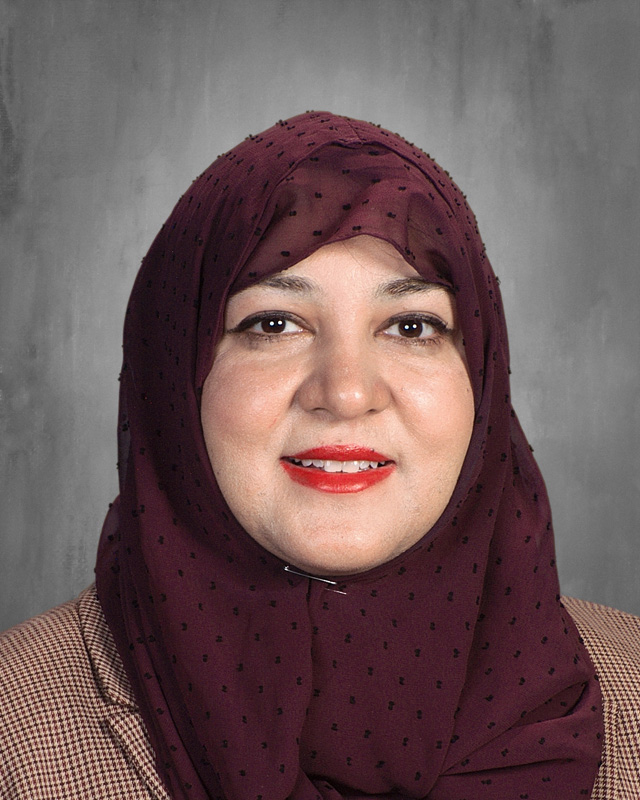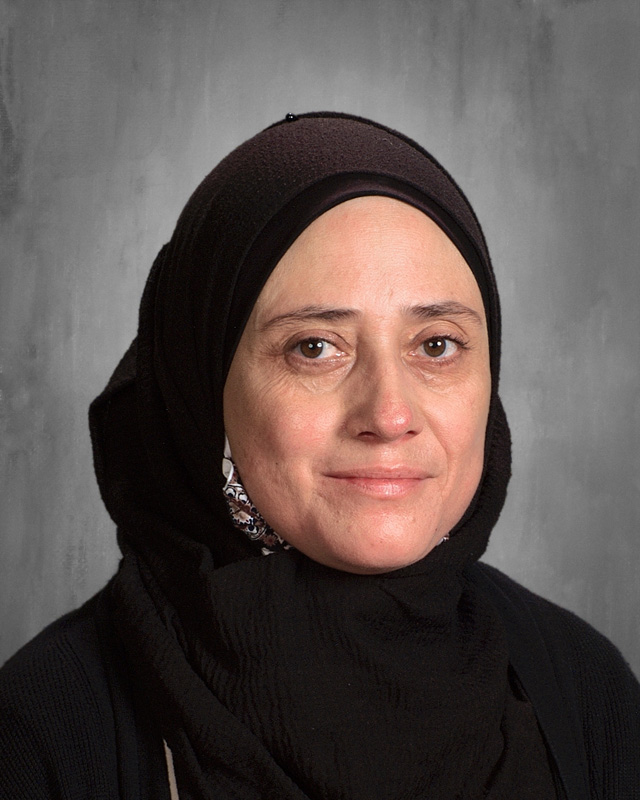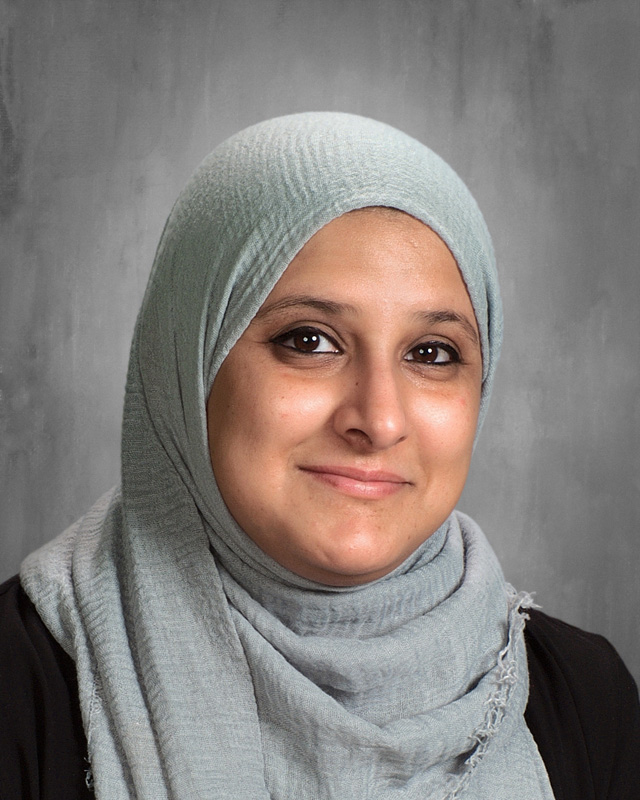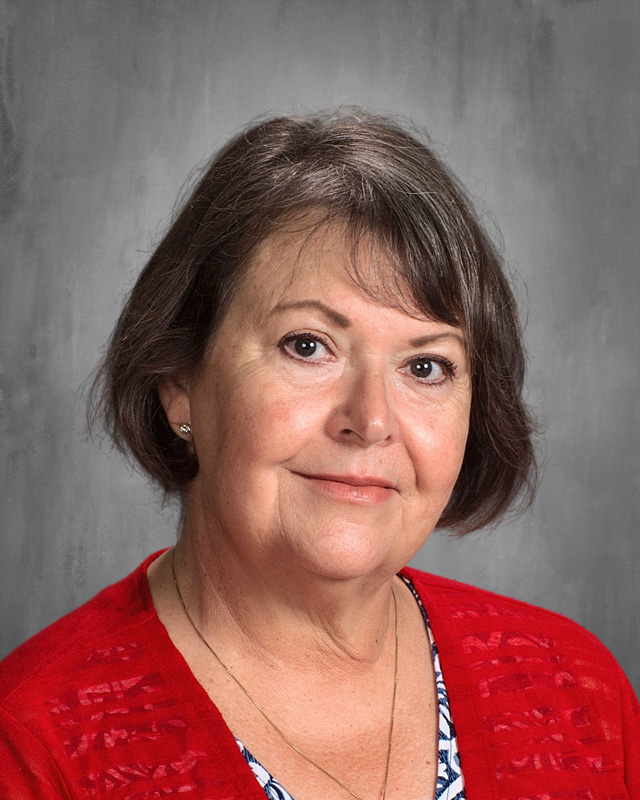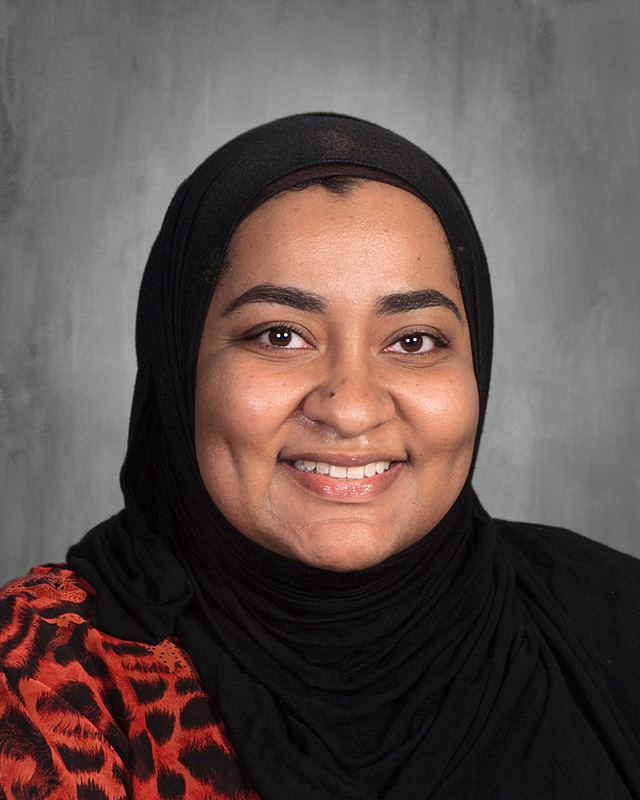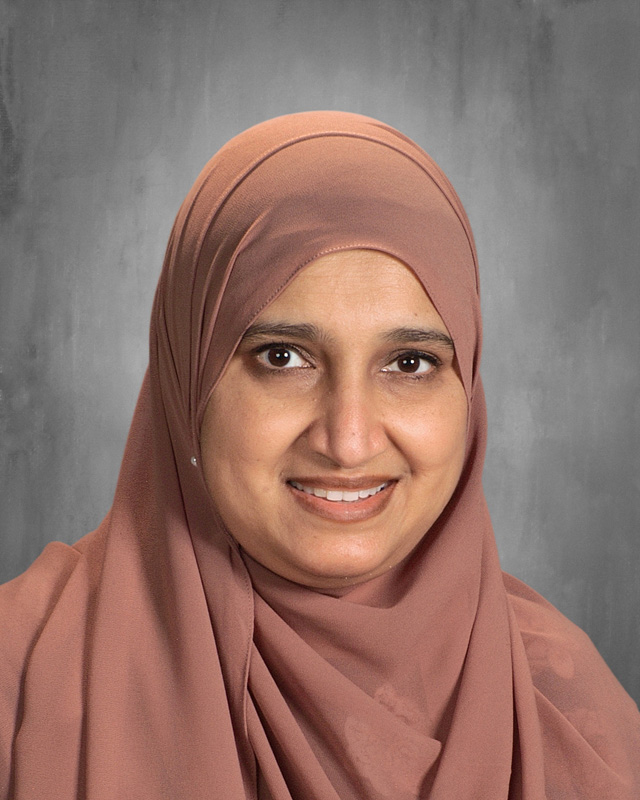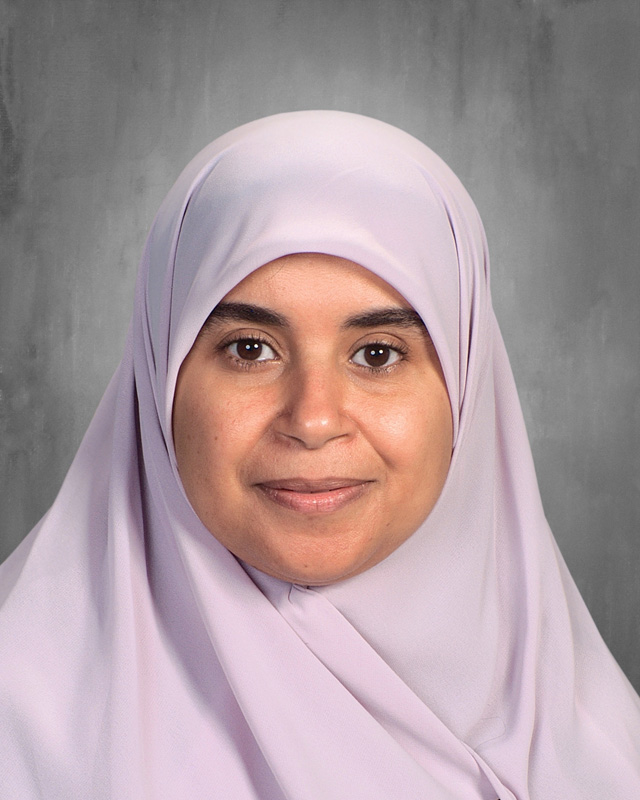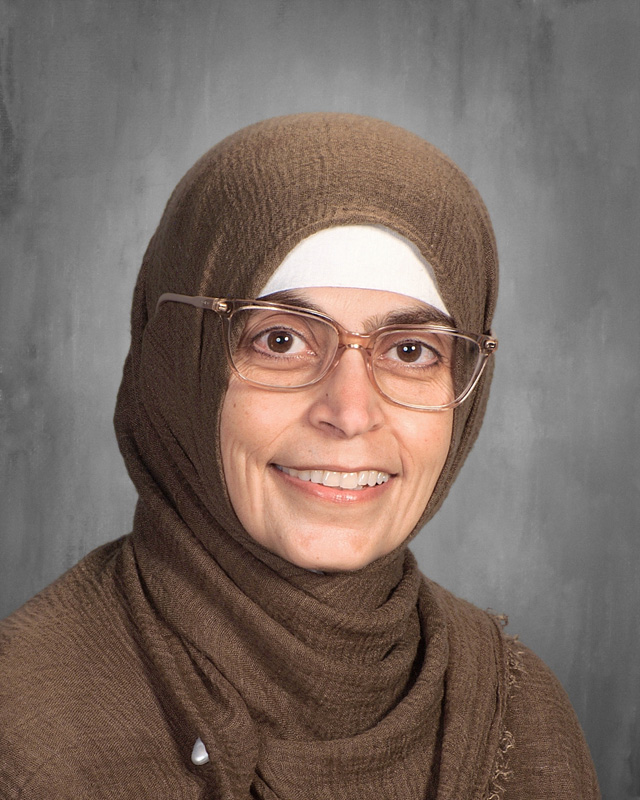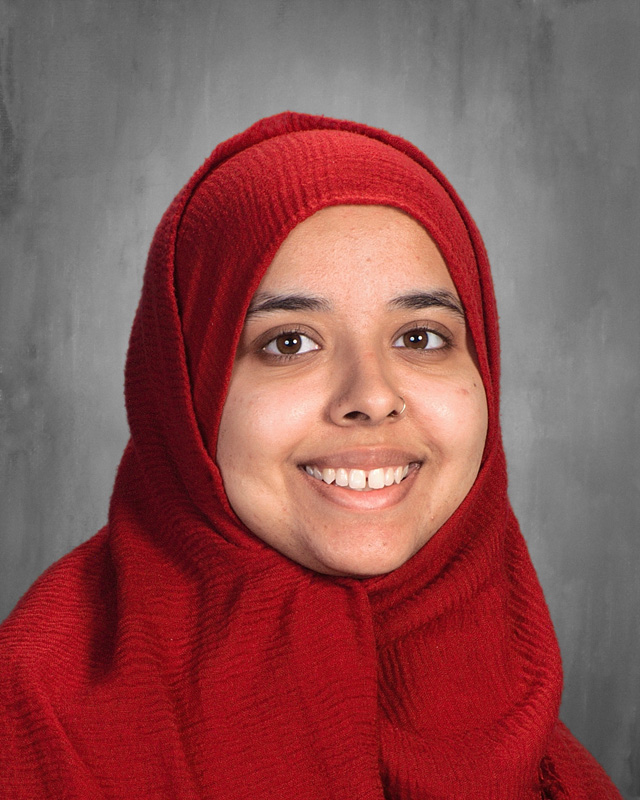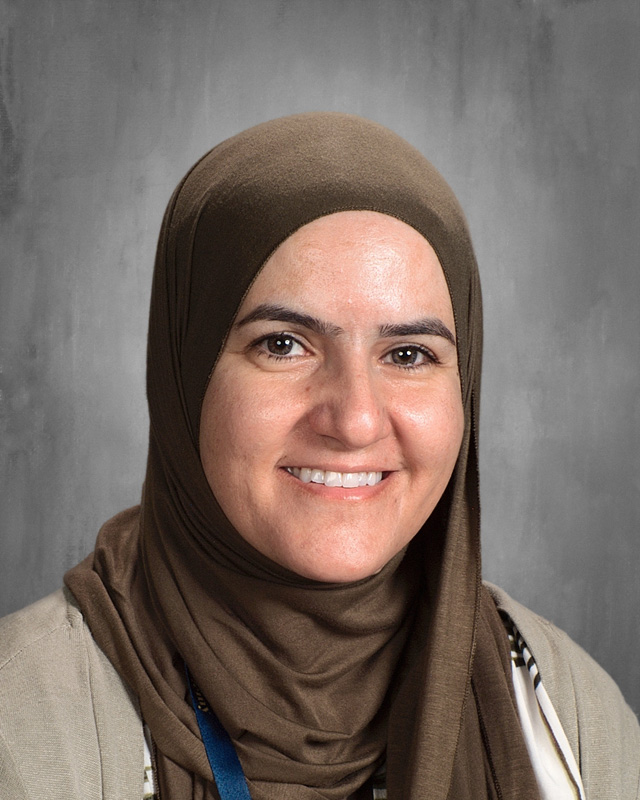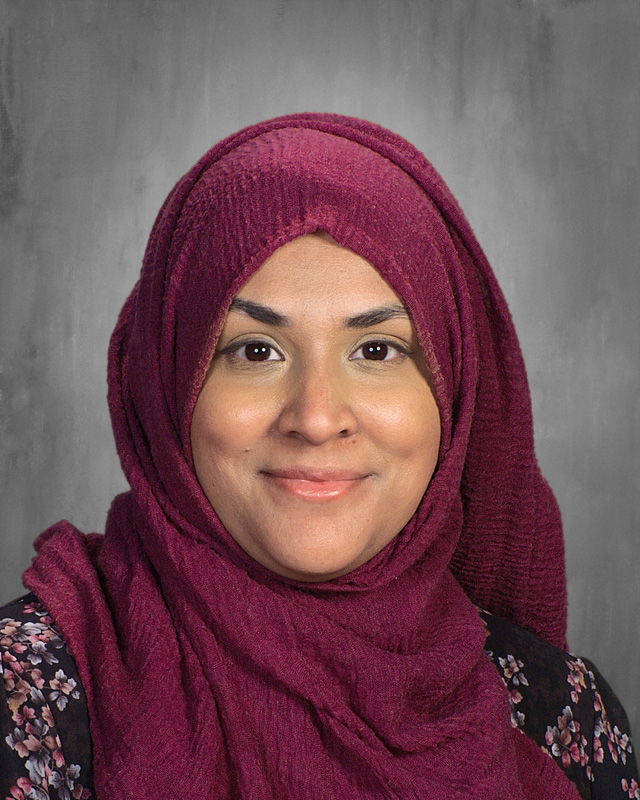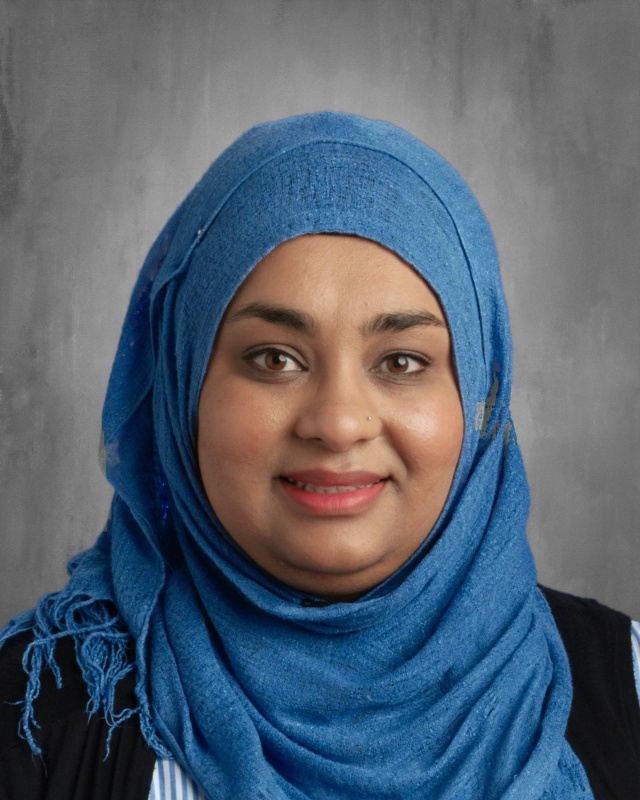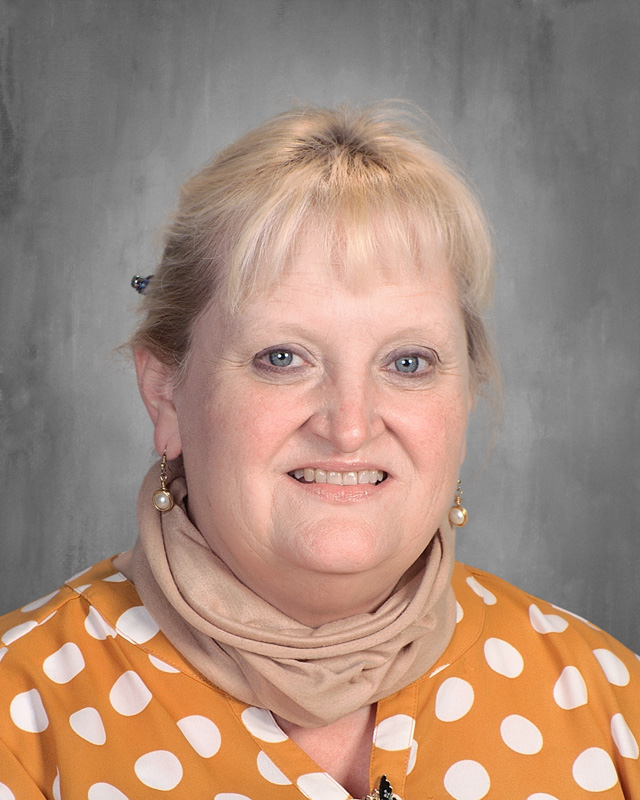Social Studies
9th - 12thGrade 9: World Geography
Students will learn about the characteristics of major land forms, climates, and ecosystems. They will learn about the characteristics of world population, the location and management of resources, and how different points of view influence the development of public policies and decision-making processes on local, state, national, and international levels. They will also learn about the components of culture, the impact of technology and human modifications on the physical environment as well as how current technology affects human interaction. They will also be able to communicate in oral, visual, and written forms as well as use problem solving and decision making skills, working independently and with.others, in a variety of settings.
Grade 10: World History (non-AP)
Students will learn the traditional historical points of reference in world history, the contributions and influence of classical civilizations, the impact of the European Renaissance, and about the impact of the Maya, Inca, and Aztec civilizations. They will learn about the Industrial Revolution, European Imperialism, World War I, World War II, and the Cold War. They will also learn about major religious and philosophical traditions, the roles of women, children, and families in different historical cultures, and how major scientific and mathematical discoveries and technological innovations affected societies. They will also be able to communicate in oral, visual, and written forms as well as use problem solving and decision making skills, working independently and with.others, in a variety of settings.
Grade 10: Ways of the World (AP)
Students will learn about empires, the emergence of global religions, industrialization, and the rise and fall of totalitarian systems. Opening essays set the stage for the chapters that follow and encourage students to make connections among the world’s cultures. Students will experience first hand the process of reading historical evidence and making historical arguments. Each chapter employs a variety of learning tools to help students understand what they are reading. Introductory essays, head-notes, and comparative questions in the documents and visual sources sections will help students understand how the written documents and visual sources relate to each other and to the chapter narrative.
